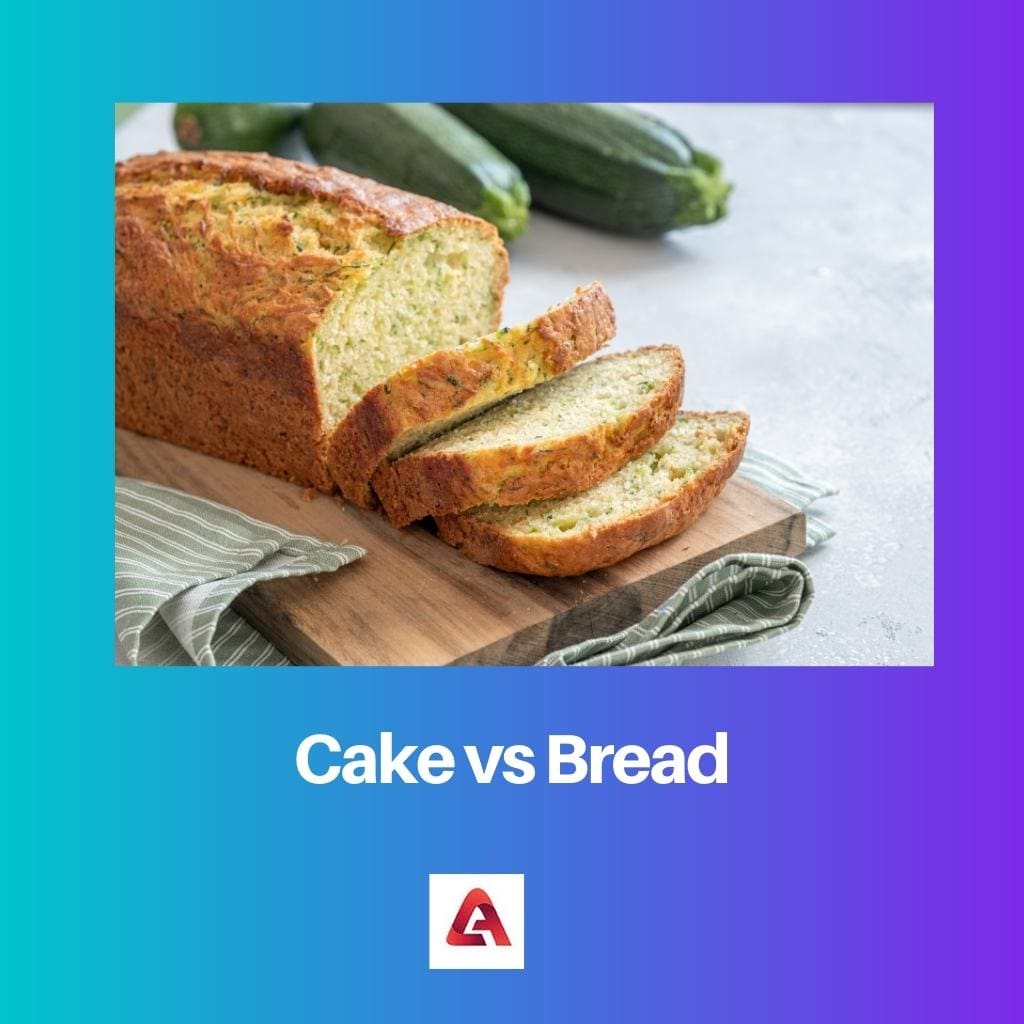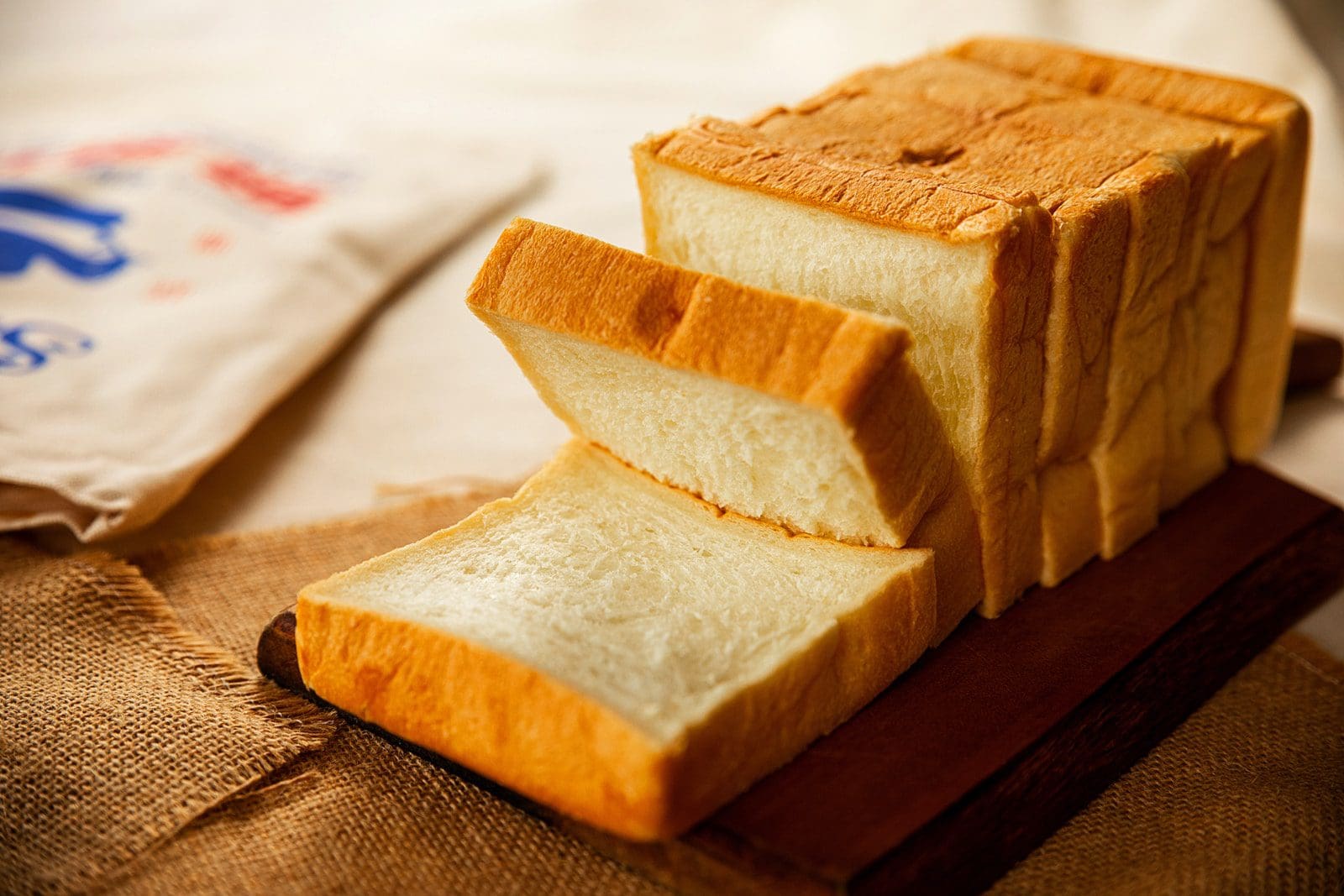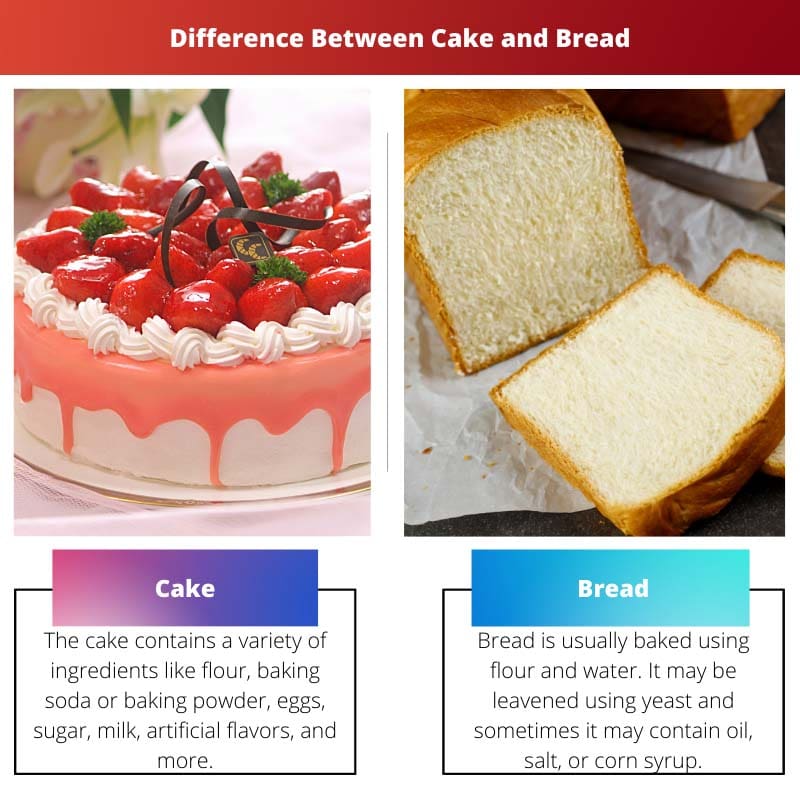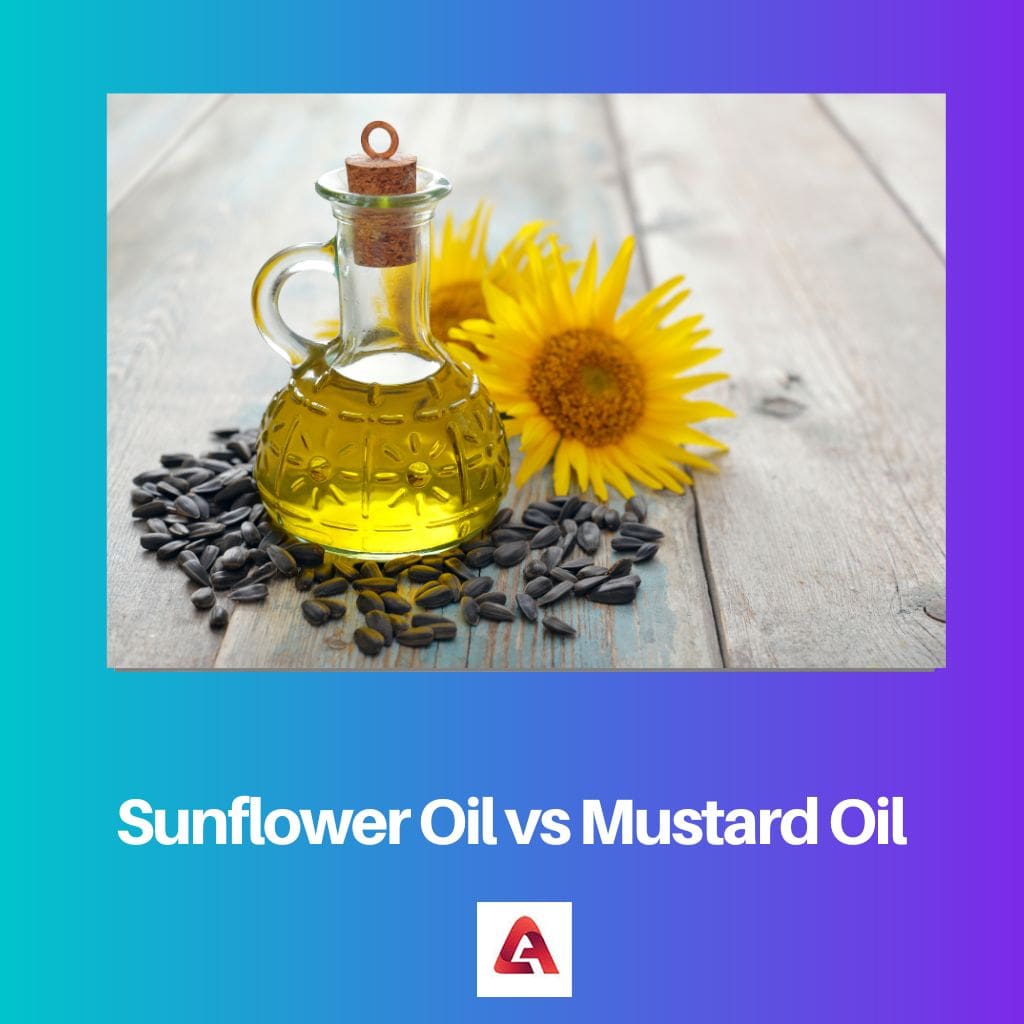We are all quite familiar with bread and cakes, and we might have tasted them once or many times. In some parts of the world, bread is a part of their daily diet.
There are notable differences between the two of them. Both of them are baked, though the preparation methods may differ.
Whether birthday parties, marriage anniversaries, inaugural parties, New Year’s evenings, Christmas, or any special occasion, we cut a cake to celebrate those special days.
Bread is a part of our meals in most parts of the world. Bread is eaten with some vegetables in some parts of the world; in some parts, they are consumed with cheese and wine.
Key Takeaways
- The cake is sweeter and more indulgent, while the bread is more savory and utilitarian.
- The cake is baked with sugar and butter, while the bread is made with flour, yeast, and water.
- The cake is commonly eaten as a dessert or treat, while the bread is consumed as a staple food item.
Cake vs. Bread
The cake is sweet, while the bread is savory. The cake is light and fluffy in texture, while the bread can be dense or airy. The cake is served as a dessert or special treat, while the bread is a staple. The cake is decorated with frosting or other toppings, while the bread is served plain or with butter or jam.

Comparison Table
| Parameters of Comparison | Cake | Bread |
|---|---|---|
| Ingredients | The cake contains various ingredients like flour, baking soda or baking powder, eggs, sugar, milk, artificial flavors, and more. | Bread is baked using flour and water. It may be leavened using yeast and sometimes contain oil, salt, or corn syrup. |
| Sugar content | A cake is much sweeter than bread. | Bread may or may not be sweet. |
| Fat content | Since a cake is made with butter, milk, or oil, its fat content is much higher. | Homemade bread does not contain any fat and is quite healthy compared to cakes. |
| Gluten content | The flour used to prepare cakes has less gluten content than the flour used to prepare bread. | Bread flour has higher gluten content than the flour used to prepare cakes. |
| Calories | A piece of cake would give around 240 calories, much higher than a piece of bread. | A piece of typical bread would provide around 70 calories. |
| Types | Different types of cakes are chocolate cake, fruit cake, sponge cake, etc. | Different types of bread are white bread, brown bread, chapatis, whole grains bread, etc. |
What is Cake?
A cake is a mouthwatering sweet delicacy served on special occasions. You may have blown candles and cut a cake on your birthdays.
It’s a carb and fat-rich food and contains many calories because of the high amount of butter and sugar added to prepare it.
The common cake preparation ingredients are baking soda, flour, eggs, sugar, flavoring agents, butter, milk, etc. Cakes can also be prepared without eggs.
Chocolates, dry fruits, vanilla extract, or other items can be added to make it more appealing. Cakes can be of various types, like a sponge, layered, chocolate, butter, fruit, and many more.
Cakes are decorated with creams, chocolates, wafers, and dry fruits. Swiss rolls, cupcakes, pastries, cake pops, and cake balls are different forms of cakes available in the market.
We misunderstand cheesecakes as cakes, but they aren’t cakes but custard pies.
| # | Preview | Product | |
|---|---|---|---|
| 1 |

| WHOLE FOODS MARKET Tiramisu Cake Slice | Check Price on Amazon |
| 2 |

| TORTUGA Caribbean Banana Rum Cake - 4 oz Rum Cake - The Perfect Premium Gourmet Gift for Gift... | Check Price on Amazon |

What is Bread?
Bread is a staple food item in most parts of the world and is eaten daily. It is traditionally baked with flour and water. It may be leavened using yeast (Saccharomyces cerevisiae), microbes, or high-pressure aeration.
Bread is one of the oldest food items prepared by man.
Though homemade pieces of bread are quite nutritious and a healthy source of carbohydrates, commercial loaves of bread contain additives and preservatives to improve their shelf life and ease of creation.
Generally, bread is prepared from wheat flour, and they are spongy because of the high amount of gluten.
Bread may also be prepared using rye, oats, millet, etc. Loaves of bread can be toasted and eaten with butter, soup, or curries or can even be used to prepare sandwiches, burgers, or pizzas.
Chapatis, whole wheat bread, rye bread, white bread, brown bread, etc., are common bread available in the market.

Main Differences Between Cake and Bread
- Bread is a part of our daily meals as a good source of carbohydrates, while cakes are prepared and served on special occasions as desserts.
- Cakes have a higher sugar and fat content and more calories than bread.
- Cakes are leavened with baking soda, while the bread is leavened with yeasts. Moreover, cakes are made using a lot more ingredients than bread.
- Baking a cake is tiresome and requires more hard work than preparing bread.
- Cakes are quite delicious and more tempting than bread; thus, cakes are cut and served on special occasions.







